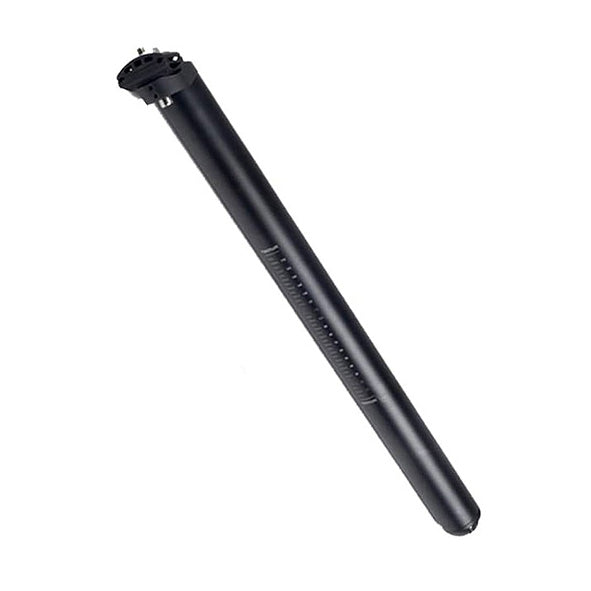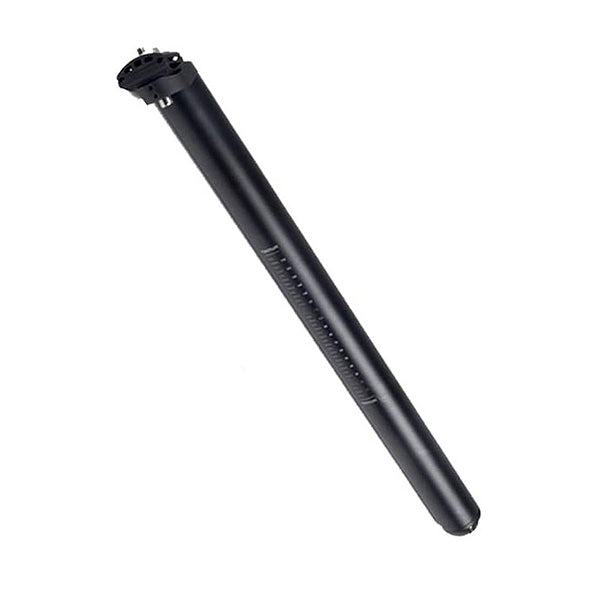At Q.ik ebike, we feel interesting to explain through our news blog the process involved in building a bicycle—from preliminary studies and ideation to mass production. To illustrate this, we have chosen our Brema model, one of our most successful ebikes.

1. Ideation Phase
This is the most creative stage of the entire development process. It is the initial phase where the shapes and overall design of the bicycle are conceived, defining each component with both aesthetic and structural criteria. Undoubtedly, the best way to bring ideas to life is through hand-drawn sketches on paper.
For the Brema model, we aimed to produce a high-end, foldable electric bicycle with 20-inch wheels, featuring a rear suspension element to absorb road irregularities. Additionally, high-performance materials such as magnesium alloy were chosen for the structural parts.

2. 2D Plans and Bicycle Design
The next step is to transfer the freehand sketches into precise geometric shapes using CAD drawings, defining the exact sizes and positions of each component. This is the 2D definition phase of the electric bicycle.

3. 3D Graphic Model of an Electric Bicycle
With all the parts defined and the measurements set, it's time to create the first 3D reproduction of the electric bicycle using CAD tools. From this moment, a virtual view of the bicycle can be made from any angle.
The 3D model will serve as the foundation for the next stage of graphic definition, which will include rendering the model with simulations of materials, colors, and lighting.

4. Virtual Reality Representation of the Electric Bicycle
The rendering of the 3D model, with the application of materials, colors, textures, and lighting, is a very accurate approximation of what the real bicycle will be. This is a decisive stage that allows for the final adjustments of the projected model before moving on to the initial phases of the manufacturing process.

5. Manufacturing of the Foldable Electric Bicycle
The first phase of the manufacturing process is the creation of molds for producing the structural parts of the electric bicycle. The central frame, rear frame, and fork will be molded in negative and in two halves in the respective metal molds.

6. Finalization and Finishes of the Foldable Bicycle
The parts are removed from the molds, polished, inspected, and prepared for the application of the final finishings.

7. Assembly of the Structure and Laboratory Testing of the Electric Bicycle
Before the commercialization phase, Q.ik Brema has passed all the required laboratory tests according to the regulations governing the use of electric bicycles in the European Union. These tests include breakage resistance, fatigue, flexibility, electromagnetic interference, and more. Compliance with all the parameters of the EN 15194 standard has allowed it to obtain the CE marking for European certification.

8. Final Prototype of the Electric Bicycle
After passing the laboratory testing phase, a prototype is produced to confirm, through real-use tests, the results of all the trials and hypotheses from the previous stages leading up to mass production.
If the checks are satisfactory, manufacturing and commercialization can begin.

9. Final Result of Q.ik Brema Electric Bicycle







